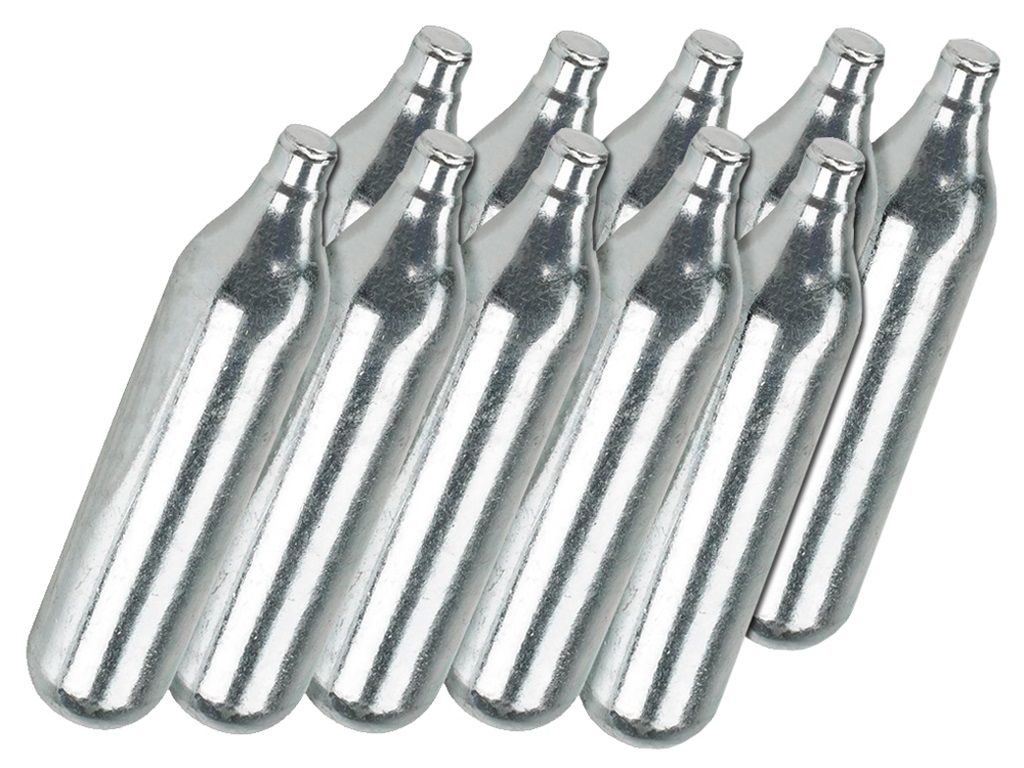A Novice's Journey: Choosing Your Initial Paint Ball Tank and Gun

Starting the paintball journey can be an exciting experience, especially as it relates to selecting your initial paintball tank and gun. Given a vast range of options available, understanding the essentials will not only enhance your gameplay but also guarantee you enjoy every moment on the field. Whether you're drawn to a fast-paced excitement of speedball and the strategic challenges of woodsball, knowing what features and equipment to look out for is crucial for every beginner.
Within this guide, we will explore the best practices for choosing a paintball marker and tank which fit your personal style and gameplay preferences. From looking at the differences among CO2 and HPA tanks to comparing electronic and mechanical guns, we will provide you with the knowledge necessary to make informed decisions. As a team, let's navigate the realm of paintball equipment, making sure you start the adventure fully equipped and ready to dominate the field.
Selecting Your Initial Paintball Gun
As you selecting your initial paintball gun, it's important to take into account your playing style and the kind of paintball games you plan to join. Various guns cater to varied environments, including speedball or woodsball. As a beginner, you may prefer to begin with a marker that offers versatility, letting you to try out multiple playing styles without being tied down to one particular type. Search for a gun that is easy to use and highly rated by other beginners to guarantee a smooth start in the sport.
One of the main factors to think about is whether you like an electric or mechanical paintball gun. Electronic guns tend to offer quicker shooting rates and more customization features, which makes them appealing for competitive play. On the contrarily, manual guns are often typically more consistent and easier to maintain, which can be a major benefit for beginners who may not yet grasp all the details of paintball technology. Evaluate the advantages and disadvantages of both types to determine which aligns better with your needs.
In addition to the type of gun, you should also notice features such as weight, size, and ease of maintenance. A less heavy gun will be more manageable during long matches, while a compact size can make movement more convenient. Furthermore, pick a gun that is easy to clean and maintain; this is particularly vital for beginners who might be overwhelmed by intricate maintenance routines. With numerous options available, doing in-depth research and testing a few guns in person, if possible, will significantly improve your ability to decide.
Deciding on the Right Paintball Tank
As you decide on a paintball tank, the primary decision to make is between CO2 and high-pressure air tanks. CO2 tanks are generally cheaper and can be simpler to find, making them a popular choice for beginners. However, carbon dioxide is sensitive to temperature fluctuations, which can affect performance. Conversely, HPA tanks provide a stable air pressure, resulting in more reliable shot accuracy and performance, especially in changing temperatures. For dedicated players who value performance, an HPA tank is usually the preferable option.
Next, evaluate the tank size and weight that matches your playing preferences. Tanks come in various sizes, typically measured in cubic inches. A larger tank provides more shots per fill but can also be less portable and heavier. If CO2 cartridges playing speedball, you may favor a more compact, lighter tank for mobility. In contrast, in woodsball scenarios, the extra shots from a bigger tank might be advantageous. It's essential to assess how each type of tank will influence your comfort and effectiveness on the field.
Finally, ensure that you search for a tank with safety traits like a built-in pressure regulator for reliable airflow and a pressure gauge to monitor air pressure. These features improve your overall experience during gameplay. Routine maintenance is also crucial, so get acquainted with how to extend the life of your tank by checking for leaks, knowing pressure limits, and ensuring that the tank is inspected regularly. Selecting the right tank not only enhances your performance but also enhances your confidence while playing.

Upkeeping Your Paintball Equipment
Keeping your paintball gun and tank in optimal functional condition is essential for a successful game day. Consistent maintenance not only extends the life of your equipment but also makes sure that you perform at your peak on the field. Start by adopting the manufacturer's guidelines for cleaning and maintenance, which usually require dismantling the gun to clean the barrel and internal components. Pay special attention to the o-rings, as they can deteriorate and result in leaks or malfunctions.
For your paintball tank, it's crucial to inspect it regularly for any signs of harm or wear. Check for marks, dents, or any signs of rust on the tank's surface. Ensure that the regulator is functioning properly, as it manages the airflow to your gun. If you see any inconsistencies or leaks, it's recommended to take the tank inspected by a specialist or replace it if necessary. Maintaining proper pressure levels and preventing the tank from extreme temperatures will help preserve its integrity.
Finally, maintaining your paintball hopper and other accessories is also necessary. Paint residue can gather in the hopper, affecting its performance and resulting in jamming issues. Make sure to sanitize these components after use, and store them in a temperature-controlled, arid place to prevent moisture buildup. By following a regular maintenance routine, you ensure your paintball gear stays in fantastic shape and ready for your future adventure.
